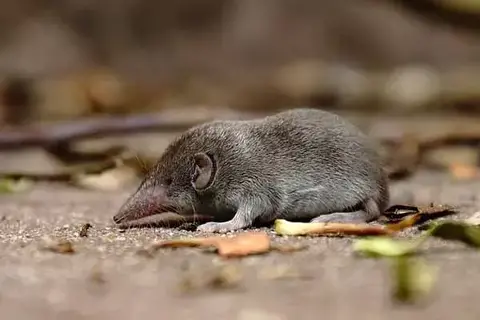Interesting And Surprising Facts About A White Lion
Evelyn StarHave you ever seen a white lion? Today we’re going to tell you interesting facts about a white lion. White lions are a reality, but not long ago they were considered to be just a beautiful legend, as in nature they have not met at all. In 1975, two African animal scientists who had spent years looking for traces of white lions accidentally discovered three white cubs born to a redheaded lion with eyes as blue as heaven. The lions were placed in the reserve to reproduce the legendary king of animals – the white lion. Nowadays, there are about three hundred animals on the planet, this species, once lost to humanity. Now the white lion is not an animal living on the expanses of African prairies, the legendary lions are protected and create comfortable conditions for their reproduction in reserves around the world. Africa is home to the snow-white lions that come from the Timbavati region in the south of the continent. The first time a man saw a white lion was in the early 20th century, and half a century later the book “The White Lions of Timbavati” was published, thanks to which the whole world learned about unusual predators. White lions live mostly in southern Africa. Many lions consider the Kruger National Park in South Africa as their home, with its usual vegetation, and the weather conditions are close to ideal. Some of the lions live in the Sanbona Reserve in western South Africa. Here animals are not afraid of poachers, they are fed and protected from diseases. White lions may have blue or beige eyes, and the color of their wool varies from quite white to deep beige. Babies are born with white hair, but it gets darker later on. There are very few white lions left in the world – about 300 animals, and scientists do not yet know how to restore their population in the wild. Many biologists believe that white lions will not survive in the wild, as their coat does not allow them to hide and track down the victim. About 40 years ago, there were only 3 white lions left in the world. By a miracle, they were able to breed and increase the number of lions to 300. Since the 1970s, all-white lions have lived in nature reserves. Africans believe that white lions are God’s messengers and that they should be protected and loved. Unfortunately, the law does not protect white lions, they can be killed and remain unpunished. We hope that the population of these beautiful animals will recover and that our grandchildren and great-grandchildren will be able to see the white lions. Legend has it that once upon a time, evil spirits put a terrible curse on the inhabitants of the earth, many died because of painful diseases. People began to pray to the gods for help, the heavens took pity on those who suffered and sent to earth their messenger – the mighty white lion, who with his wisdom taught people to fight diseases and promised to protect them in difficult moments. It is believed that as long as there are white lions on earth, there is no room in people’s hearts for suffering and despair.
Interesting facts about a white lion
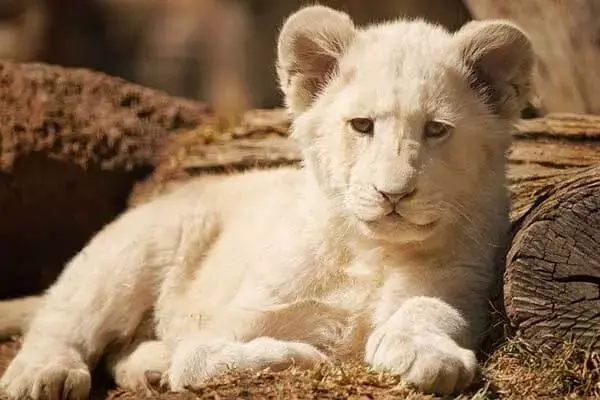
Lions belong to the class of mammals, a group of predators, a family of cats. They have short fur, the white color of which from the birth of the animal gradually darkens and the adult person gets the color of ivory. At the tip of the tail, a white lion has a small tassel, which is black in the red brothers.
The body length of a male can reach about 330 cm, the lioness is usually a little less – 270 cm. The weight of a white lion varies from 190 to 310 kg. Lions are distinguished from females by a huge mane of thick and long wool, which begins to grow on the head, on the sides of the muzzle, and smoothly passes into the shoulder region. The magnificence of the mane gives the king of the beasts majestic and powerful appearance, it can both attract females and intimidate male rivals.
It has been scientifically proven that these animals are not albinos. There are white lions with both sky-blue and golden eyes. The lack of pigmentation in skin color and wool indicates a lack of a special gene.
Scientists believe that about 20,000 years ago, African white lions lived among the vast expanses of snow and ice. And that’s why they have a snow-white color, which served as a great disguise during hunting. As a result of changing climatic conditions on the planet, the white lions have become the inhabitants of steppes and shrouds in hot countries.
Because of their light coloration, lions become vulnerable enough animals that cannot hide enough to get the necessary amount of food during hunting.
And for poachers, the light skin of the animal is the most valuable trophy. Lions with such an “unusual” for natural color, it is very difficult to hide in the grass and as a result, they can become prey to other animals.
The largest number of white lions is in the west of South Africa in the giant Sambon Nature Reserve. For them, and other rare animal species, they are created as close as possible to the natural conditions in the wild.
Humans do not interfere with the natural selection, hunting, and breeding processes of the Reserve’s inhabitants. The largest zoos in the world, such as Germany, Japan, Canada, Russia, Malaysia, and the USA keep this legendary animal in their expanses.
These majestic white lions, represented in the photo, mainly live in large groups – Pride. They raise their offspring and hunt mainly lions, while males guard the pride and the area. After puberty, the males are driven out by their families and after a while, the strongest of them create their Pride.
One such family can have from one to three males, several females, and young offspring of both sexes. The animals are extracted collectively, with clear roles. A decisive role in hunting is given to lionesses, as they are faster and more mobile.
The male can only scare the prey with a threatening roar, which is already waiting in an ambush. White lions can sleep up to 20 hours a day, gentle in the shade of bushes and scattered trees.
The Pride area is a site where white lions are hunting. If one of the animals of other lion’s families attempts this land, there may be a war between the Pride areas.
The daily meal of an adult male is usually the meat of a hoofed animal (buffalo or giraffe) from 18 to 30 kg. Lions are very patient animals that can eat once every two to three days and can do without food for several weeks.
Eating from a white lion is a kind of ritual. The male leader of the pride is the first to eat, then all the others, the young ones are the last to eat. The first to eat is the heart of the prey, then the liver and kidneys, and then meat and skin. They don’t start eating until the main male is saturated.
White lions can reproduce throughout the year. The fetus is carried for only 3.5 months. Before the birth of the offspring, the lion cub leaves the pride and can reproduce one to four lions. After a while, the female and her cubs return to the Pride.
The birth of offspring takes place almost simultaneously in all the females, it contributes to the collective protection of the lion cubs and significantly reduces the mortality rate of young cubs. Afterward, the young females stay in the Pride, and the males, reaching the age of two to four years, leave the Pride.
In the wildlife, lions can live from 13 to 16 years of age, but males rarely live even to 11 years of age, as those expelled from the Pride are not all able to survive alone or to start a family.
The mortality rate among wild lions is extremely high. Even under the best environmental conditions, such as enough water and food. In this respect, the white lions were in an even worse position. In addition to the fact that it would be almost impossible for them to sneak up on their prey unnoticed, the white lions themselves will be a target for hyenas. Once a male had reached puberty, he would inevitably have been driven out of the pride in search of his own.
Since lionesses are almost always hunting, his chances of survival as a roaming lion without the support of the Pride would be slim. His sister had a slightly better chance because lionesses usually stay in the pride where they were born. Despite this, the likelihood that she would be banished by her Pride was also high. In that case, she would most likely have died. For this reason, the male and female, together with their normal sister, were caught and placed in the Pretoria National Zoo, Africa.
In the United States, white lions first appeared in 1993. Philadelphia Zoo received two white females and two dark-colored males carrying a white gene for public display. These animals were obtained from the Johannesburg Zoo in Africa. In 1995, the Johannesburg Zoo transferred another white female and a heterozygous male to a private breeding facility for Siegfried and Roy in Las Vegas. Siegfried and Roy have made significant progress, adding seven white lions, born in 1996, to the genetic range. One of these lions was the first white male born in the western hemisphere.
Large zoos go to great expense to get these unique predators. They say that one white lion can cost up to $138,000, but this amount does not scare connoisseurs of exotic animals.
Four white lion cubs were born at the Papanack Park Zoo outside Ottawa. They have since been released into the main reserve with the other tawny lions.
From a species conservation perspective, it should be remembered that a white lion is not a separate subspecies of lion. It is a very rare variant of the coloring of the African lion (Panthera leo krugeri). If you want to preserve it, you must protect the entire population of African lions! All of them, not just the pride parades around the Timbavati Wildlife Refuge.
Did you like interesting facts about a white lion? Share it with your friends.
White Lion Facts
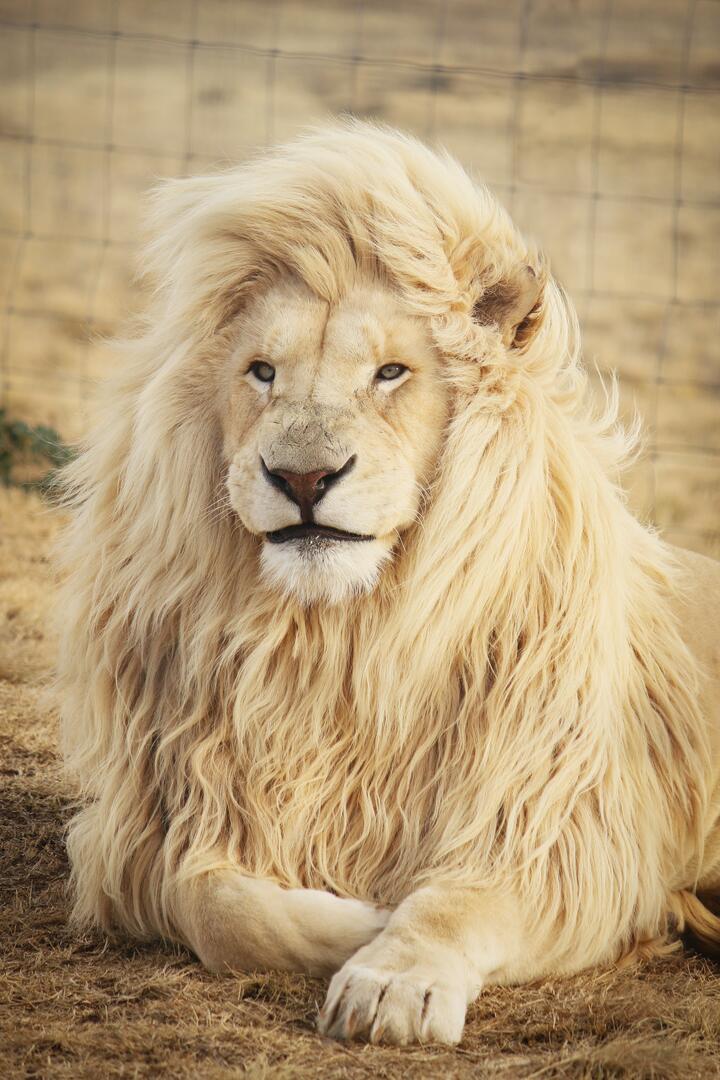 Photo by Arleen wiese on Unsplash
Photo by Arleen wiese on UnsplashDid you know that the white lion is the only striped cat? It was discovered in 1938, but only the first sighting was recorded in the wild in South Africa. The earliest documented sighting of a white lion was in 1938, although this is not a perfect representation of the species. The white lining on the lion’s coat is not permanent, and the animal can turn blonde or be nearly completely black. Despite this fact, a tawny lion can be born with a tawny spotted gene.
Although this is a pity, white lions have significant cultural importance. They are revered as sacred animals in the Greater Timbavati region of South Africa and are also symbols of royalty, leadership, and pride. They are national assets in Botswana and Kenya and have become popular due to the popularity of Chris McBride’s book. Though the Timbavati area of South Africa is home to three lion pride, many others live in zoos throughout the world.
While white lions are rare, the fact is that they are very real. Once considered a myth, two African animal scientists worked tirelessly to find the ‘white lion’. In 2003, they were spotted in captivity and were placed in a reserve to breed the ‘legendary’ king of animals. Today, their natural habitat is the Greater Timbavati region of Botswana.
White lions are not albinos. They have preserved pigmentation, and their eyes are typically yellow-brown. Despite being called ‘white’, they do not look entirely like albinos. Their color is more similar to that of a blonde or a white zebra. There are even some cases of blue-eyed white lions in captivity. And, since they live in captivity, they are considered national assets in Kenya and Botswana.
While white lions are not albinos, they do not have the same color as TAWNY LIONS. The reason for their coloration is due to a genetic condition known as leucism. The white lions in the Kruger park are not protected by law. However, their appearance does carry cultural significance for local communities. The ‘white’ lions are considered sacred by the local population and are also revered in the region.
While the white lion is not albinos, it has a distinct color that makes it a ‘purple’ color. In fact, they are not albinos but have a slightly different genetic makeup from their tawny counterparts. Because of this, they are more powerful than their tawny counterparts and almost match the tiger, which is a much smaller animal.
In addition to their beauty, white lions are considered to be a symbol of pride, royalty, and leadership in Africa. They are a national asset in Kenya and Botswana and are considered sacred in many other parts of the world. The Timbavati region is a rich ecosystem with a variety of predators. Luckily, the Timbavati region has a wide variety of habitats, allowing the white lions to roam freely.
White lions are among the most critically endangered lion species. They are primarily found in South Africa. Their mortality rate is high, but they are not less dangerous than other lions. They live in the same region as other lions. They are as dangerous as their black and gray counterparts, so you can safely expect them to be aggressive. In addition to hyenas, white tigers are often targeted by hunters, especially when they are young.
Apart from being a rare color mutation, the white lion has significant cultural significance. In South Africa, it is considered sacred by local people. It is also seen as a symbol of royalty and leadership. Its origins are unknown. It is believed that the white lion was introduced to the world in 1938, but it is believed that it has been living there for centuries. There were no known traces of it before then.
In addition to being leucistic, white lions are not albinotic. This means that they lack the dark pigment in their skin. The absence of melanin is a result of a gene mutation. If the leucistic lion is born with white pigmentation, it is a leucistic animal. Its appearance resembles that of an albino lion. The difference between the two is their ability to detect light and dark spots.
- Rodents50 Interesting And Amazing Facts About Hedgehogs
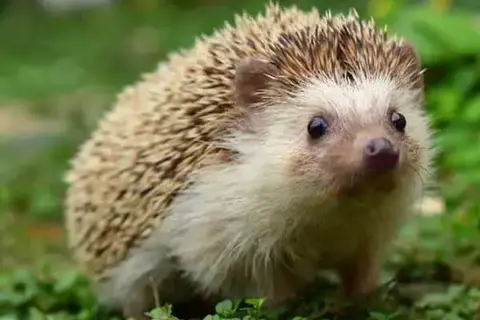
- BirdsInteresting Facts About The African PenguinBy Amelia B
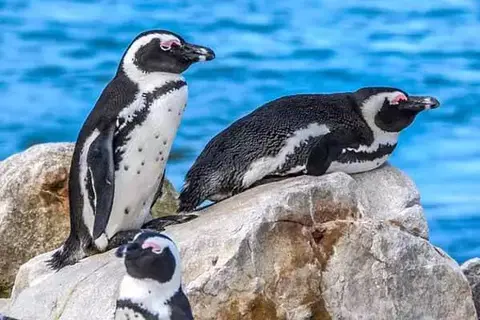
- Birds12 Interesting Facts About DovesBy Amelia B
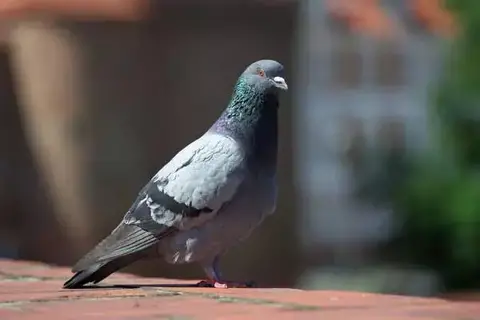
- Wildlife12 Interesting Facts About FoxesBy Murphy Scott
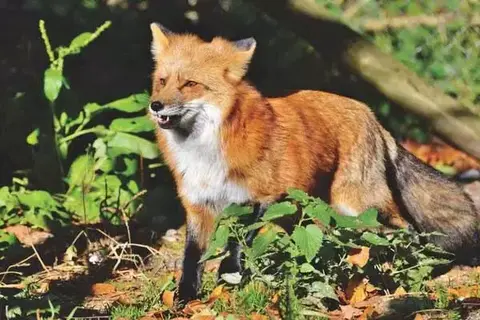
- WildlifeHow Many Giraffes Are There In The World?By Khai Dove
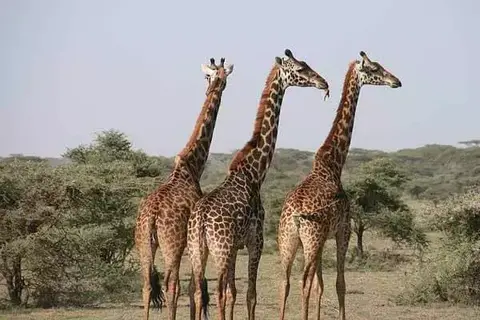
- LivestockWhat Do Llamas Eat?By Lucas Torres
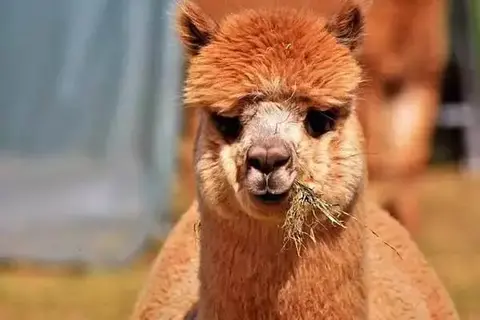
- RodentsCan A Hamster And A Cat Live Together?By Noah Young

- InsectsInteresting Facts About Fire AntsBy Charlotte Green
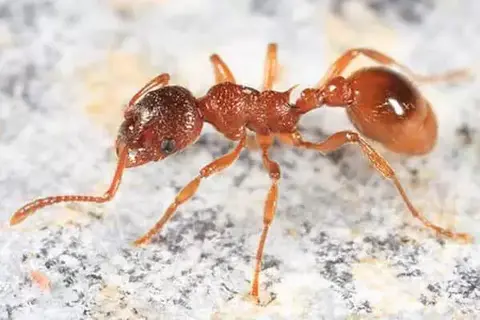
- Wildlife50 Most Interesting Facts About FoxesBy Murphy Scott
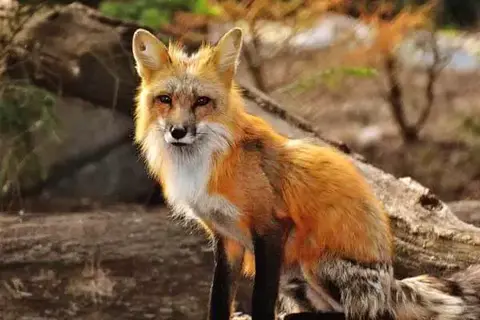
- RodentsRodent With A Long Nose: Habitat And FactsBy Camilo Walker
